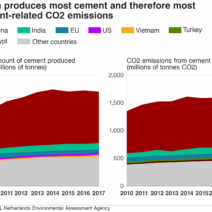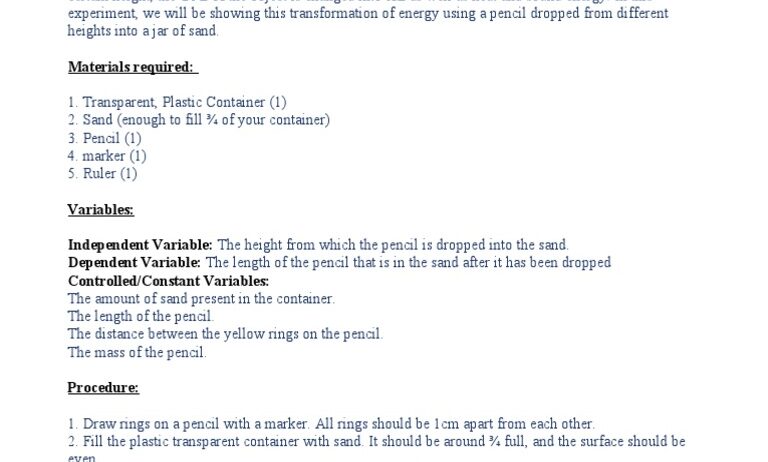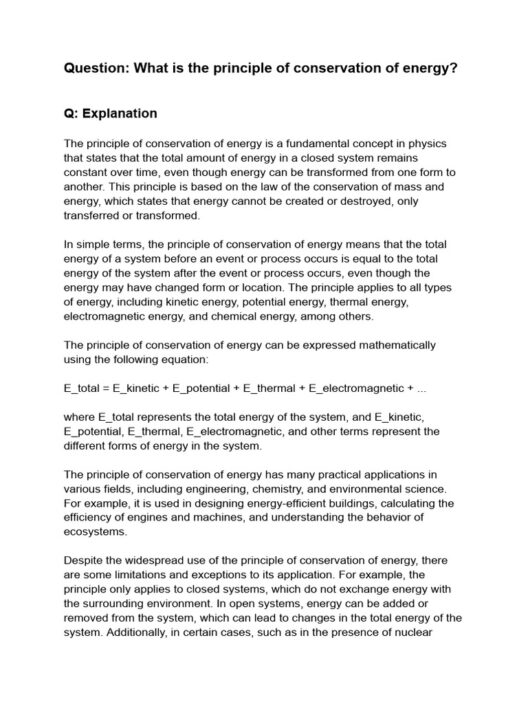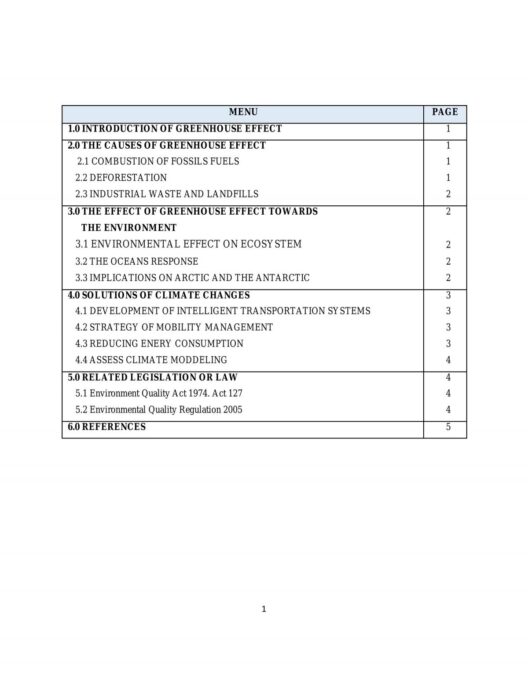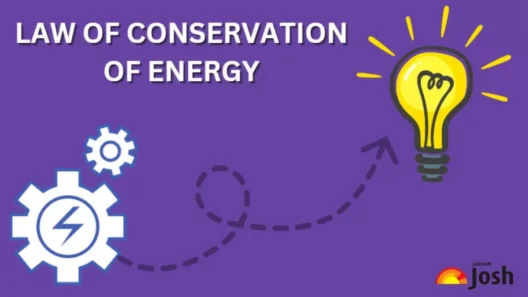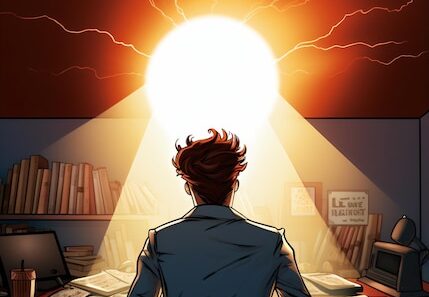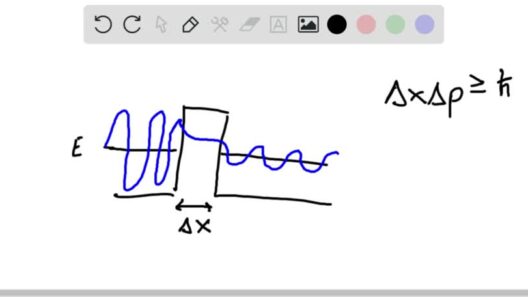The swirling dance of the cosmos, the rhythmic ebb and flow of tides, the gentle flutter of a leaf in the wind—all these natural phenomena are bound by a profound principle known as the Law of Conservation of Energy. This ubiquitous law serves as a cornerstone in the realm of physics, capturing the essence of energy’s existence across various forms while ensuring its persistence in an intricate symphony of life and motion. Delving into this principle offers not only a scientific insight but also a realization of the interconnectedness of all matter in the universe.
The Law of Conservation of Energy postulates that energy cannot be created or destroyed; it can only be transformed from one form to another. Imagine a grand magician performing an intricate trick, artfully transforming one object into another before your very eyes. Yet, behind the curtain of this seemingly magical act lies a fundamental truth—no matter how mesmerizing the transformation appears, the total amount of energy remains constant. This principle can be seen at play in everyday life, from the mechanical workings of a clock to the grand movements of celestial bodies governing our solar system.
This relationship among different energy forms can be exemplified through various categories, such as kinetic energy, potential energy, thermal energy, and more. Each form plays a critical role in the broader dynamics of systems, whether they be microscopic or macroscopic. Understanding these forms lays the groundwork for comprehending the law’s implications on a grander scale.
Energy’s Many Disguises: Kinetic and Potential Energy Unveiled
Diving deeper into the world of energy, we encounter two formidable forces: kinetic energy and potential energy. These two forms provide an enchanting insight into the perpetual ballet of energy transformation. Kinetic energy, the energy of motion, embodies the vigor inherent in moving objects, while potential energy clings to the promise of future motion, residing within an object’s position or configuration.
Consider a poised archer, bow drawn taut, arrow nocked, and awaiting release. In this moment, potential energy reaches its zenith, poised for conversion into kinetic energy the moment the arrow is loosed. This magnificent transition illustrates the law’s fundamental core: energy ever in flux, yet eternally preserved. The paradoxical nature of energy can be likened to a chameleon, effortlessly adapting to its environmental context while remaining fundamentally consistent in its quantity.
Thermal energy, the mischievous sibling of kinetic and potential energies, plays a pivotal role in understanding energy transformations. When discussing conservation, one cannot overlook the significance of thermal energy, which is often synonymous with heat. Through the lens of thermodynamics, the conversion of energy may frequently involve an increase in thermal energy, manifesting in the warmth radiating from a hot object—an embodiment of energy in another guise. This transitions us to a critical aspect of conservation: the efficiency of energy transfer.
From Windmills to Solar Panels: The Everyday Impact of Energy Conservation
The Law of Conservation of Energy extends its reach into the realm of renewable resources, shaping innovative technologies that harness the omnipresent forces of nature. By embracing this law, humanity has embarked on a journey toward sustainability, sidestepping the confines of traditional fossil fuels. Windmills and solar panels stand as contemporary exemplars of energy conservation in action—both transforming natural energy sources into usable forms, and altering our interaction with the environment.
Wind energy, derived from the kinetic energy of moving air, exemplifies a profound revelation of the law. Through the spinning blades of a wind turbine, we capture the energy transmitted from the wind, converting this motion into electrical power that illuminates homes and fuels industries. Each gust, each rotation, is an elegant reminder of energy’s malleable nature, exemplifying a cycle of transformation that respects conservation principles.
Solar energy, harnessed through photovoltaic cells, provides another illuminating example. When sunlight strikes a solar panel, photons collide with atoms, knocking electrons loose and generating electricity—yet the vast energy of the sun remains undiminished, its massive output showcasing energy’s resilience. Herein lies the extraordinary interplay between conservation and innovation, as society strides toward a renewable future.
The Harmony of Energy and Nature: Philosophical Ramifications
Beyond its scientific allure, the Law of Conservation of Energy invites philosophical contemplation. It compels us to examine the finite nature of our resources while emphasizing the necessity for thoughtful stewardship. As we recognize the interdependence of energy forms, we also confront larger ethical questions regarding sustainable practices and the long-term impact of our energy consumption patterns.
In this dance of energy, every action reverberates, prompting us to consider the sustainability of our choices. The transition from reliance on depleting fossil fuels to embracing renewable energy options is emblematic of our collective desire to abide by the conservation principle. Thus, the law transcends the world of physics, weaving itself into the very fabric of our social and environmental systems.
In conclusion, the Law of Conservation of Energy encapsulates a fundamental truth about the universe: energy persists, oscillating between forms as it navigates the realms of existence. By grasping this principle, we gain insight into the mechanics of nature and the potent potential for innovation within our reach. The delicate balance between exploitation and conservation beckons humanity forward, as we strive to harmonize our technological advancements with the enduring rhythms of the natural world, ensuring a sustainable future for generations to come.


